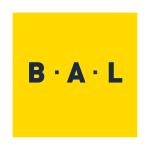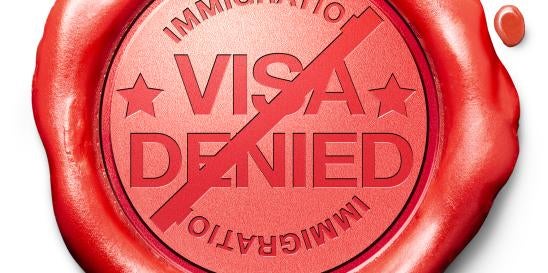It’s that time of year again for employers planning to secure nonimmigrant talent.
U.S. Citizenship and Immigration Services conducted the H-1B lottery last week to determine which registrations will be eligible to file petitions. Although the data on this year’s lottery selection rates is not yet available, the good news is that the current trend in low H-1B denial rates means a high probability of approval for those who have been selected.
This hasn’t always been the case.
H-1B Denial Rates by Year
Despite significant improvements in recent years, H-1B denial rates have fluctuated wildly under the different administrations. From 2013 to 2015, during the Obama administration, the H-1B denial rates for initial employment were 7%, 8% and 6%, according to analysis of USCIS data by the National Foundation for American Policy. They rose substantially to 10% in 2016, the first year of the Trump administration.
With that administration’s more restrictive policies — including the “Buy American and Hire America Executive Order” of 2017 and the “Recission of the December 22, 2000 Guidance memo on H-1B computer-related positions,” which instructed adjudicators to deny petitions for many occupations interpreted as not requiring a bachelor’s degree — denial rates surged from prior years, peaking at 24% in 2018.
| Fiscal Year | Denial Rate For Initial Employment |
| 2013 | 7% |
| 2014 | 8% |
| 2015 | 6% |
| 2016 | 10% |
| 2017 | 13% |
| 2018 | 24% |
| 2019 | 21% |
Source: National Foundation for American Policy
During the last year of the Trump administration, denial rates dropped to 13% in 2020 due in part to adverse judicial rulings. Denial rates continued to drop under the Biden administration, hitting their lowest point in 2022.
| Fiscal Year | Denial Rate For Initial Employment |
| 2021 | 4% |
| 2022 | 2.2% |
| 2023 | 3.5% |
Source: National Foundation for American Policy
Beyond 2024
There was a slight bump in denial rates from fiscal year 2022 (2.2%) to fiscal year 2023 (3.5%), the NFAP analysis showed. The NFAP reported that about 200 medium-sized businesses accounted for two-thirds of these denials, possibly because smaller and medium-sized companies may not have expert counsel or structured immigration programs that can help ensure the right legal requirements are met. For larger companies — which typically utilize dedicated immigration counsel — denial rates are nearer to zero percent. This low denial rate trend is not likely to reverse itself for the remainder of 2024.
Whether the trend will continue beyond that is up in the air. After all, this is an election year. Under a Biden administration, denial rates could hover near the current status quo. However, a Trump administration could be less predictable and return to more restrictive policies.
The Upside For Employers
The decline in H-1B denials has brought predictability that didn’t exist for employers just a few years ago. For larger employers who utilize immigration counsel, the H-1B denial rate is near zero, compared to nearly 25% in 2018.
This year’s to the H-1B selection process do add a bit of unpredictability, however, because beneficiaries selected in the lottery will get to choose among employers if more than one employer submitted a registration on their behalf.
And in the broader picture, the overwhelming demand for a limited supply of H-1B cap-subject visas (just 85,000 per year) still makes planning a challenge. The new selection process may eventually lead to an improved lottery selection rate; however, legislative action is needed to address the perpetual H-1B visa shortfall.




 i
i


